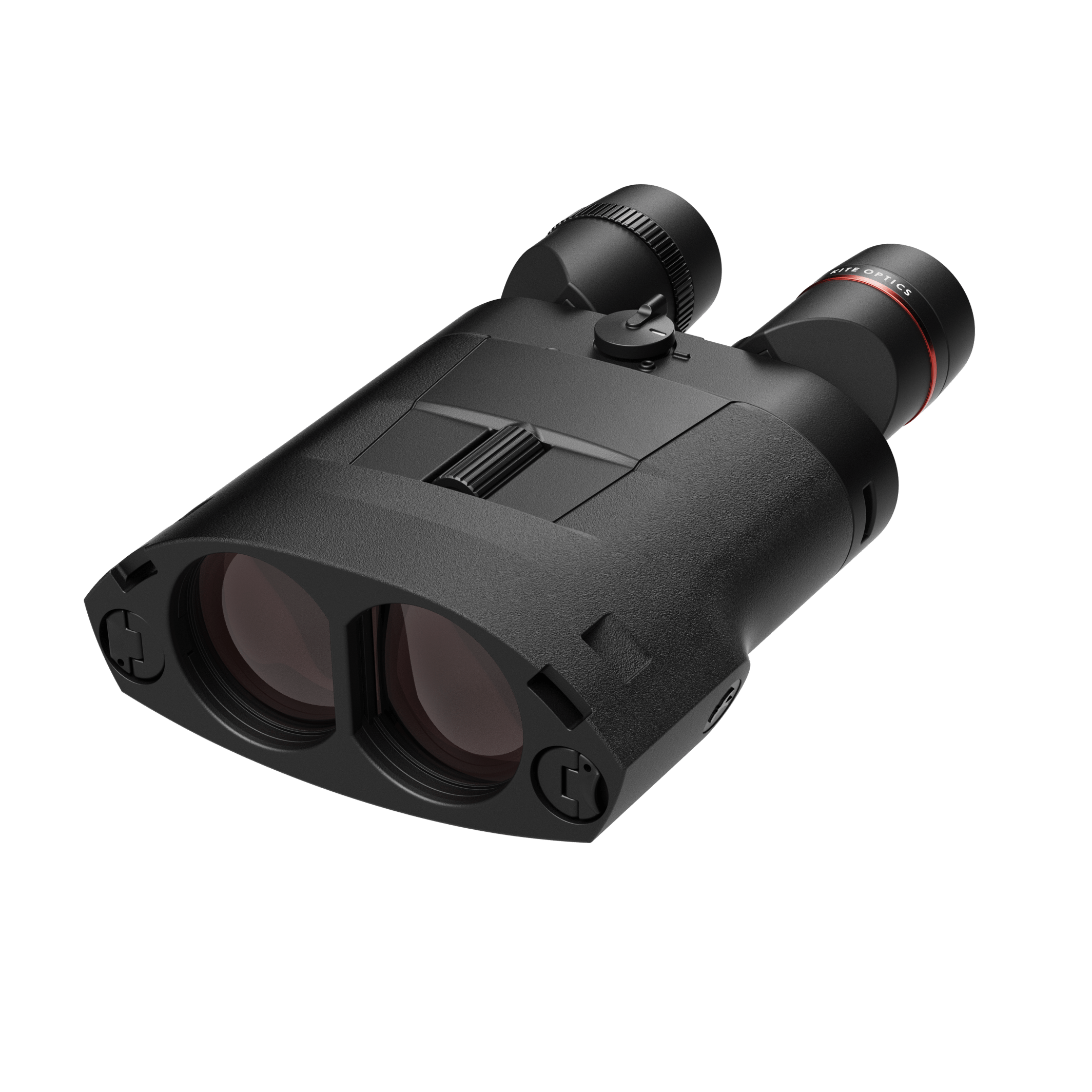Comparison of Three NEW 50mm stabilizing binoculars.
Vortex 15x and Kite 14x and 18x.
Common information:
Optical system: ED.
Field of view (m/1000m): 67m.
The anti-vibration correction angle: ±2 degrees.
Included accessories: Soft case, grip strap, neck strap.
ATERA II ED H16×50WP | ビクセン Vixen
https://kiteoptics.com/product/outdoor/stabilized-binoculars/apc-stabilized-50/
Significant differences between Vixen ATERA II ED H16×50WP - VS - Kite APC Stabilized 14x50 or 18x50 (using 2 x AA alkaline batteries) / Li-Ion (integrated, USB-C)
Magnification: 16x - VS - 14x or 18x
Apparent field of view: 59.2°(54.7° Compliant with JIS B7157:2003) - VS - 49° or 61°
Minimum focusing distance: Approximately 12m - VS - 5,5m
Pupil diameter: 3,1mm (maximum) - VS - 3,5mm or 2,77mm
Eye relief: 16mm - VS - 18mm or 15,5mm
Interpupillary distance: 57~72mm - VS - 57-76mm
Anti-vibration control method:
Equipped with 2-axis gimbal control system Vibration Canceller. Equipped with two types of anti-vibration modes that can be selected according to the usage scene. V1 mode: Absorbs small vibrations. V2 mode: Absorbs slow and large shaking. - VS - KITE OPTICS unveils 2024 the second generation of the Kite Dynamic Gimbal System (KDGS), propelling KITE OPTICS’ image stabilization performance to an unprecedented level. A KT 3.0 PROCESSOR EN SOFTWARE With the APC 50, you’ll encounter an unmatched level of immersion, feeling as though you’re right there with the object you’re observing. Thanks to the increased precision of KDGS-2, KITE OPTICS takes a significant leap forward in advancing its software. KT 3.0 delivers a unique viewing experience that mirrors the cognitive and visual patterns of the mind, effectively making the sensation of looking through binoculars vanish. Kite Dynamic Gimbal System (KDGS-2). The biggest difference is that the delay with which you view is enormously reduced and that the binoculars no longer have to search for stabilization of the image in the event of sudden movements.
Waterproof: IPX4 equivalent (optical system) / IPX1 equivalent (battery box) - VS - IPX7
Battery duration: Approximately 16 hours (using 2 x AAA alkaline batteries (new), 20℃) - VS - KITE OPTICS APC power saving functions : 38 hours (using 2 x AA alkaline batteries) / Li-Ion (integrated, USB-C) Battery fully charged = 30 hours power = up to 2 months intensive binocular use / up to 6 months average binocular use.
Tripod mounting: Not possible - VS - Yes
Size W×D×H: 108×206×73mm (excluding protrusions) - VS - 150x250mm
Weight: 840g (excluding battery (alkaline +23g)) - VS - 1014g or 1020g (w/o battery (alkaline +47g)) / 1009g or 1015g Li-Ion (integrated, USB-C)
Guarantee: 1 year warranty - VS - 30 YEARS 5 YEARS ON ELECTRONICS









